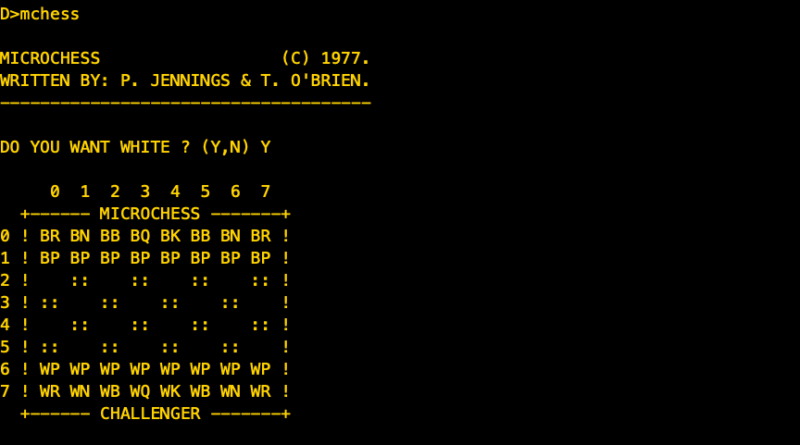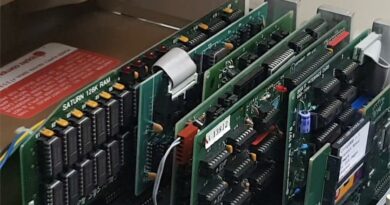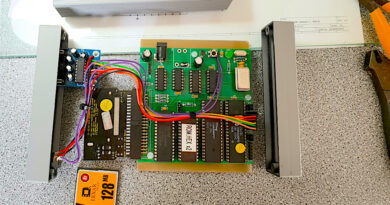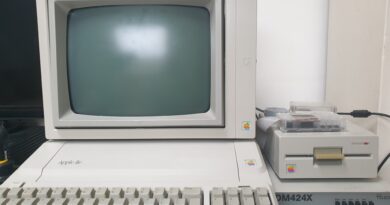Microchess to Project Chess
Microchess is probably, albeit indirectly, responsible for the success of Apple, the success Microsoft and the success of the IBM PC. Peter Jennings originally wrote Microchess for the KIM-1 with 1k memory and sold it independently. It was probably the first independent software package to sell in large numbers (50k+).
One of the early purchasers of the program was Dan Fylstra the associate editor of Byte Magazine. Later, Dan started a company called Personal Software and was joined by Peter. The pair used the profits from the sales of Microchess to invest in a new product called VisiCalc written by Dan Bricklin and Bob Frankston.
VisiCalc was the first spreadsheet for microcomputers. It was originally written for the Apple II and it turned that machine from a hobbyists toy to a true business machine, became the first ”killer app” and prompted IBM to introduce the IBM PC two years later.
Microchess played a pivotal role in the success of Apple simply due to the fact that Steve Jobs gave Personal Software a heavily discounted Apple II computer in order that they could port Microchess to the Apple II. In owning this machine they were able to persuade the authors of VisiCalc not to develop for DEC but for the Apple instead, a decision that ensured the success of Apple. It was the success of this application that helped convince Microsoft to produce end user software rather that just software for developers.
Competition on the PC platform became fierce with products such as MultiPlan, SuperCalc and later on, Lotus123. When Microsoft wrote the Excel, originally for the Apple Macintosh, the writing was on the wall. The rights to VisiCalc eventually ended up with Lotus.
So, a small program called Microchess, distributed on cassette tape was probably responsible for the success of Apple and Microsoft and the birth of the IBM PC. Interesting then, that the project that produced the IBM PC was called project ‘Chess’.




